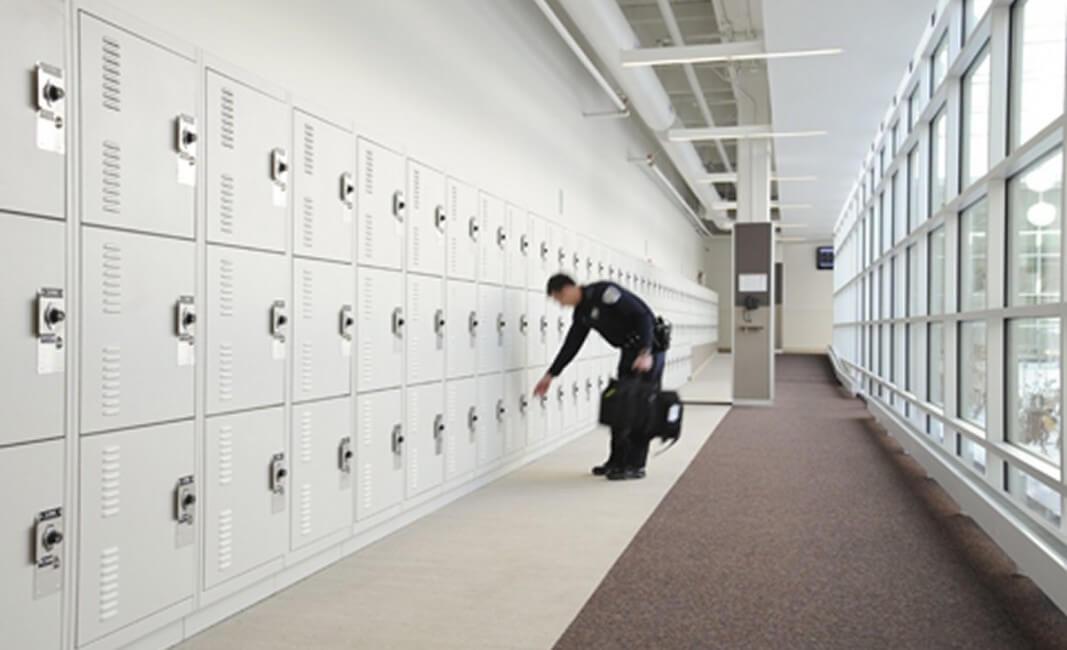4 min read
By: Sarah
May 27, 2025
Protecting the Chain of Custody Could Keep Criminals Behind Bars
What comes to mind when you hear Chain of Custody? For law enforcement agencies it is the one thing that keeps criminals behind bars while also keeping their officers protected in court. For the purpose of this article, let’s break down exactly what Chain of Custody means, and how to go about protecting it. The Chain of Custody starts when evidence is collected from a crime scene. It is then brought to the law enforcement facility where it is “bagged and tagged” by the officer who seized it. From there, the evidence is deposited into a secure temporary evidence locker where it is then removed by the evidence technician. Once the evidence technician has analyzed and tested the evidence it is put into long term storage where it remains until the officer needs to bring it to court. The process then starts all over again and all steps are repeated to ensure the evidence is never mishandled.
Why Protecting the Chain of Custody is So Important
Many court cases are being appealed and far too many convictions are being overturned due to the improper handling of evidence. If evidence is lost or tampered with the Police Chief will have to answer for it, and it usually ends up with them being fired or leaving the force. There are ways to avoid all of these scenarios, and it begins with following the chain of custody. Along with this, there are additional steps that police departments can take to ensure the chain of custody can be proven in a court of law.
Temporary Evidence Lockers
There are two kinds of temporary evidence lockers available, one is called a non-pass thru and one is a pass-thru (pictured above). These lockers are designed with ultimate security to ensure that the chain of custody cannot be broken once evidence is deposited into the locker. Pass Thru lockers are considered to be the ultimate temporary evidence locker because once evidence is deposited there is no other way to retrieve the evidence other than from the evidence processing room itself. These units share a wall with the evidence processing room and are installed in the wall itself. This ensures that no one could have removed the evidence from the locker unless the evidence technician was involved. Non Pass Thru lockers do not share the same wall as the evidence processing room but rather have a solid back that sits against the wall. With this solution, evidence technicians must manually retrieve the evidence and walk it over to the evidence processing room which opens up more room for error or tampering.
Once the evidence technician processes the evidence from the temporary locker, they then have to log it into long term storage. The IAPE (International Association of Property and Evidence) dictates that there are two types of evidence, and that they need to be stored in different ways. The first type is called “High Profile” which includes any evidence that falls under the categories of Narcotics, Weapons, and Valuables. Depending on the kind of evidence seized or the size of the case it is involved with, other evidence may be admissible into this category as well. For example, DNA and biological evidence is usually put into this category, as well as any evidence associated with high profile or homicide cases. Due to the importance and the value of these kinds of evidence there is an extra layer of security that must be instituted. The IAPE recommends that High Profile evidence be kept behind two forms of locked storage, whereas general evidence (AKA everything else) only needs to be kept behind one.
Evidence Storage Presents Space Challenges
We have just covered that High Profile evidence must be kept separate from General Evidence, and also kept behind two forms of locked storage. So what should a law enforcement facility do when they have little to no space, and the evidence keeps coming in? Luckily for small agencies there are storage solutions such as High Density Mobile that make it easy to store and organize evidence, while also complying with the guidelines set up by the IAPE. High Density Mobile Shelving can have individually locked carriages, drawers, and other components that make it suitable for High Profile Evidence, and it can save space in warehouses where General Evidence is kept too.
For law enforcement facilities large and small, High Density Mobile Shelving can help save space, increase organization, and increase security to protect the chain of custody. Other solutions such as temporary evidence storage, personal storage lockers, sally port gun lockers, weapons storage, and more also play a large part in a fully operational law enforcement facility. See how Donnegan Systems can provide an all encompassing solution for your department by contacting a storage specialist today.
Have questions about Storage and Space Planning? Fill out the short form below and we’ll be in touch!
.png?width=200&height=85&name=Rectangle%20(1).png)












